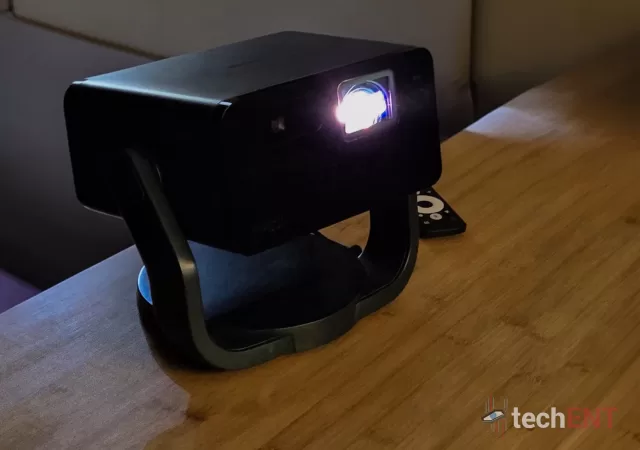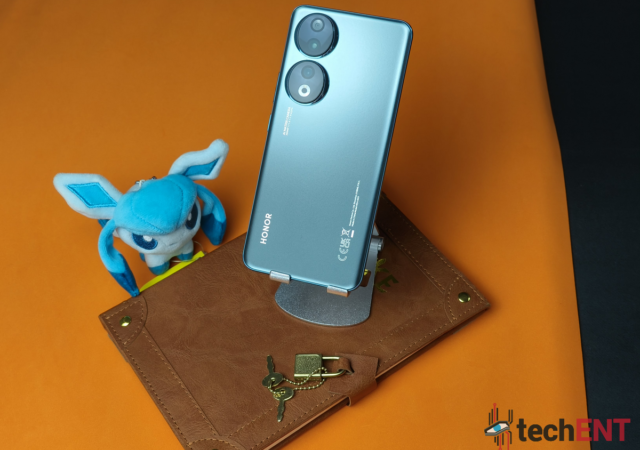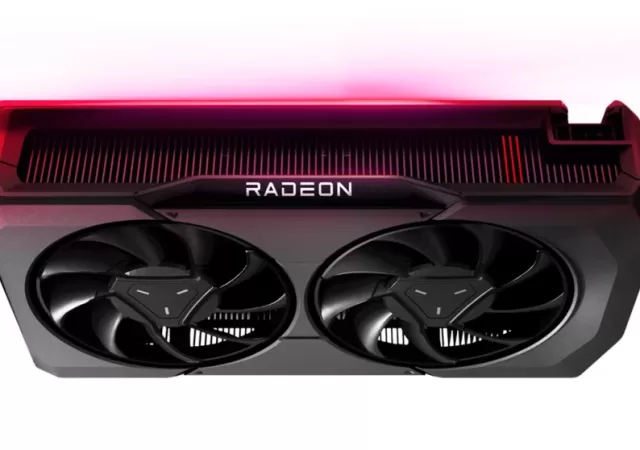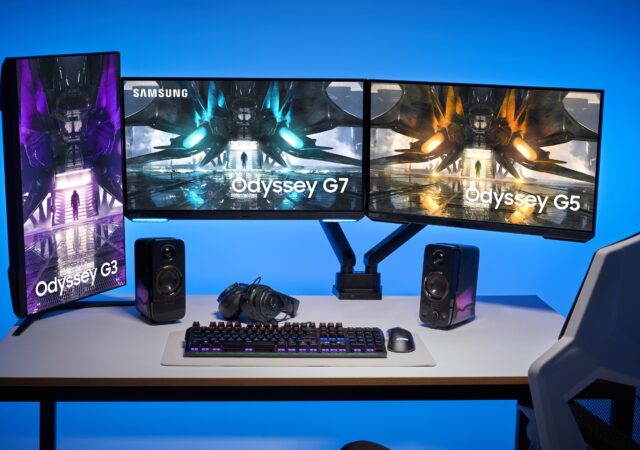EPSON EpiqVision Mini EF-22N bring a unique proposition of being a no-frills home projector with Google TV support. But, is it worth the investment?
Honor 90 5G In-Depth Review: An Affordable Powerhouse
No one has a bigger bone to pick with the affordable segment than Honor. Where it was once an indelible mark is now an arena where it has to prove its prowess. The Honor 90 is another try to prove…
AMD’s Radeon RX 7600 is Here! 1080p Gamers, Rejoice!
AMD has released their new Full HD gaming champion, the Radeon RX 7600 with RDNA 3, improved upscaling, and ray tracing engines for US$ 269.
Google Meet Now Supports Full HD 1080p Video Calls
Google Meet for select Google Workspace users now supports Full HD 1080p video calls as long as you have the hardware for it.
Samsung Flattens the Curve in Odyssey Gaming Monitor Lineup
Samsung’s Odyssey Gaming Monitor lineup has been the talk of the town since it debuted last year. Last year, the company introduced two models which stole the limelight with their curves. This year, it looks like Samsung’s Odyssey Gaming Monitors…







